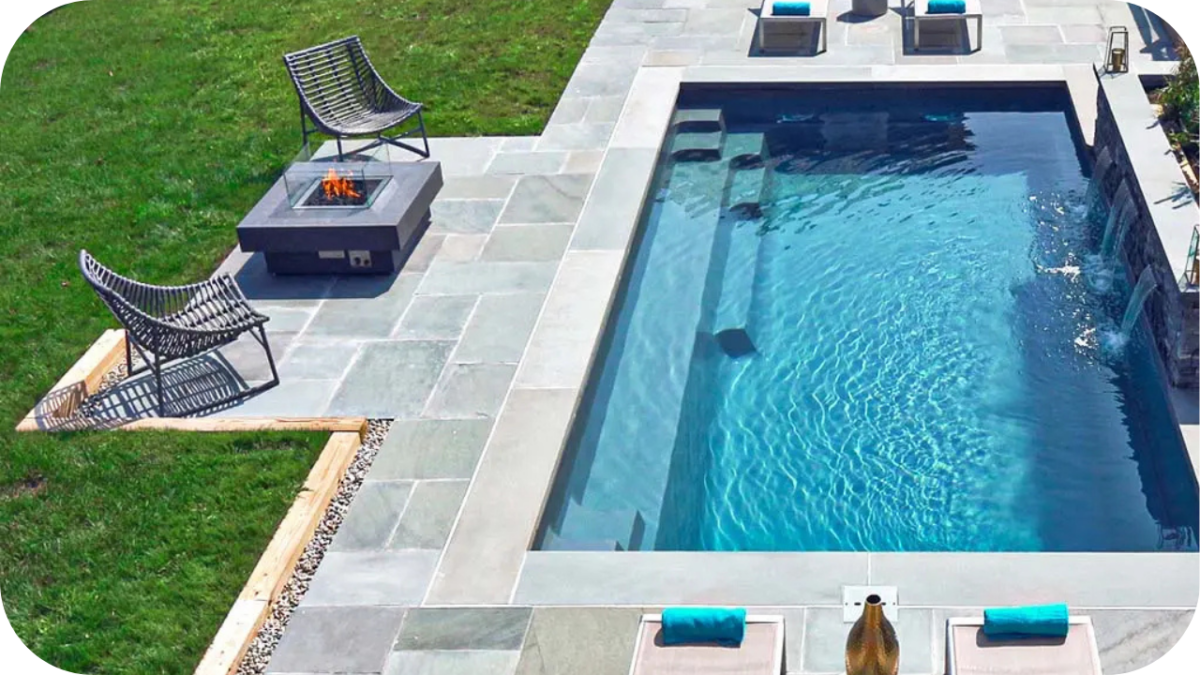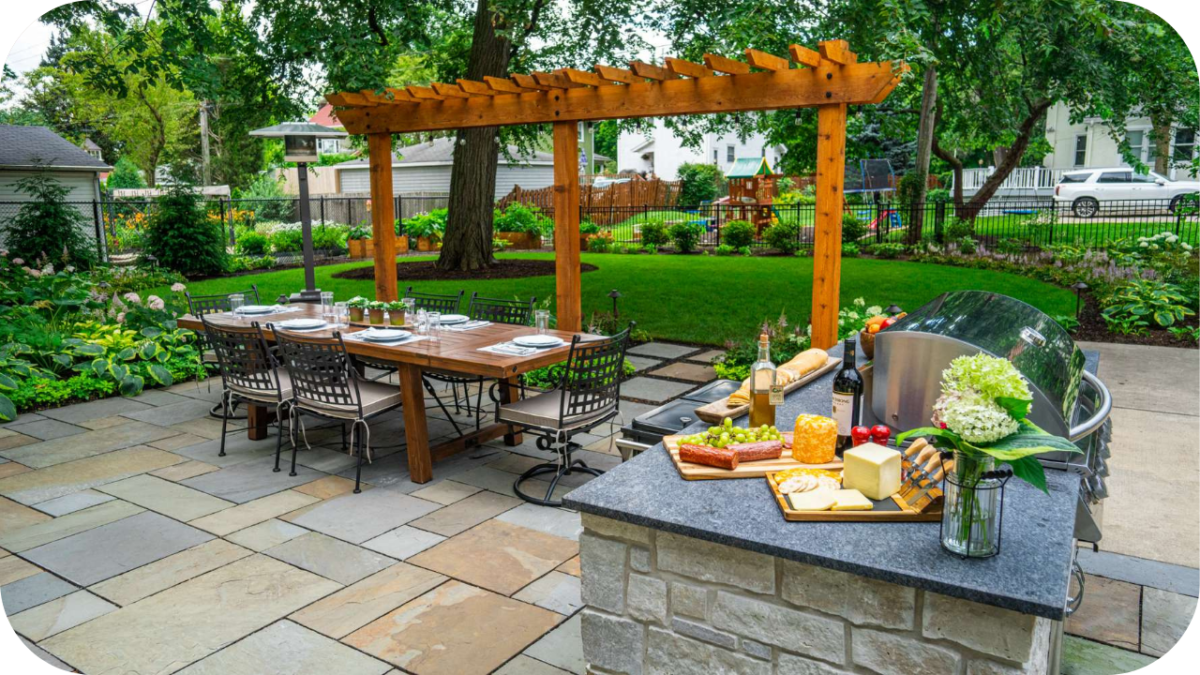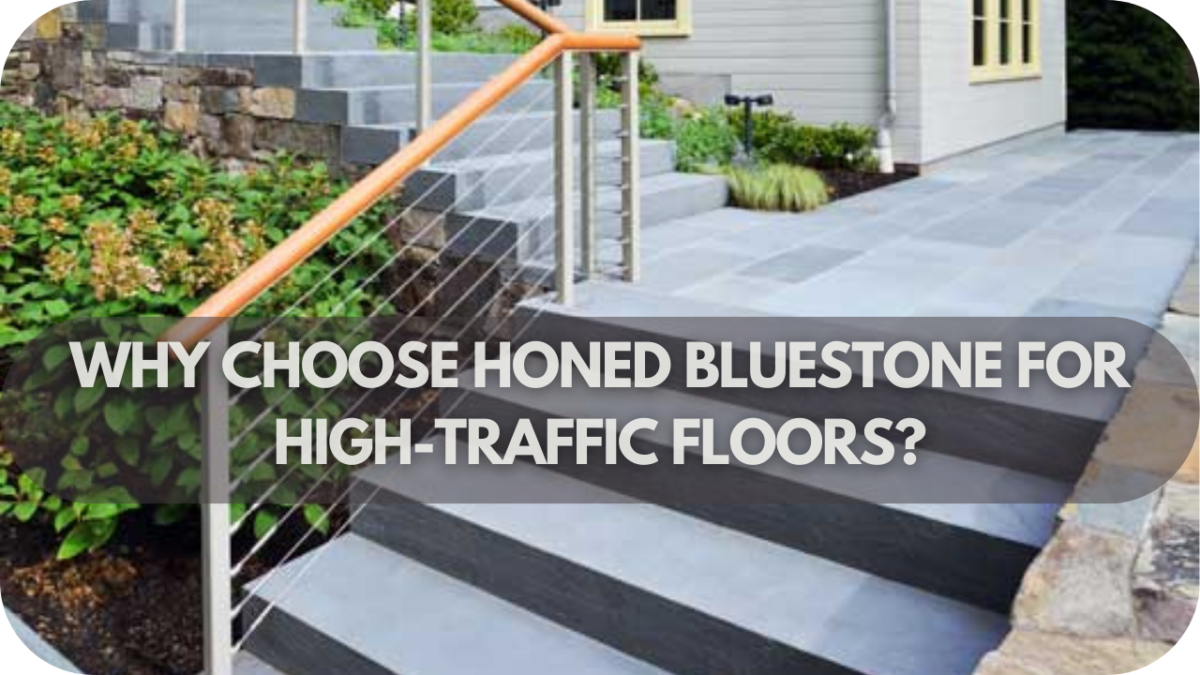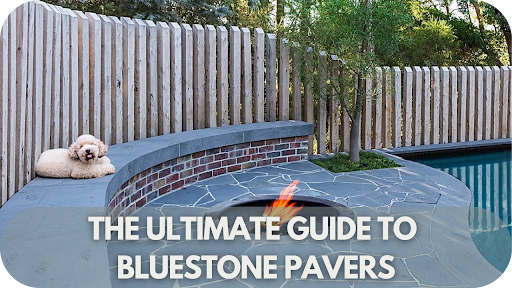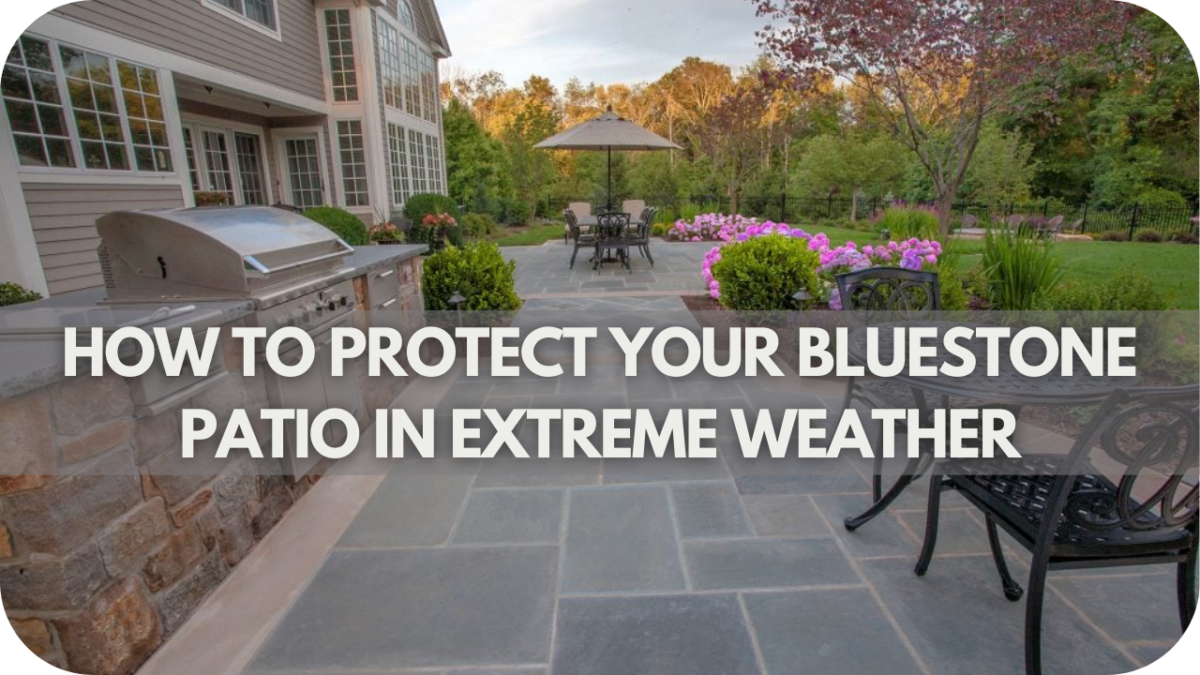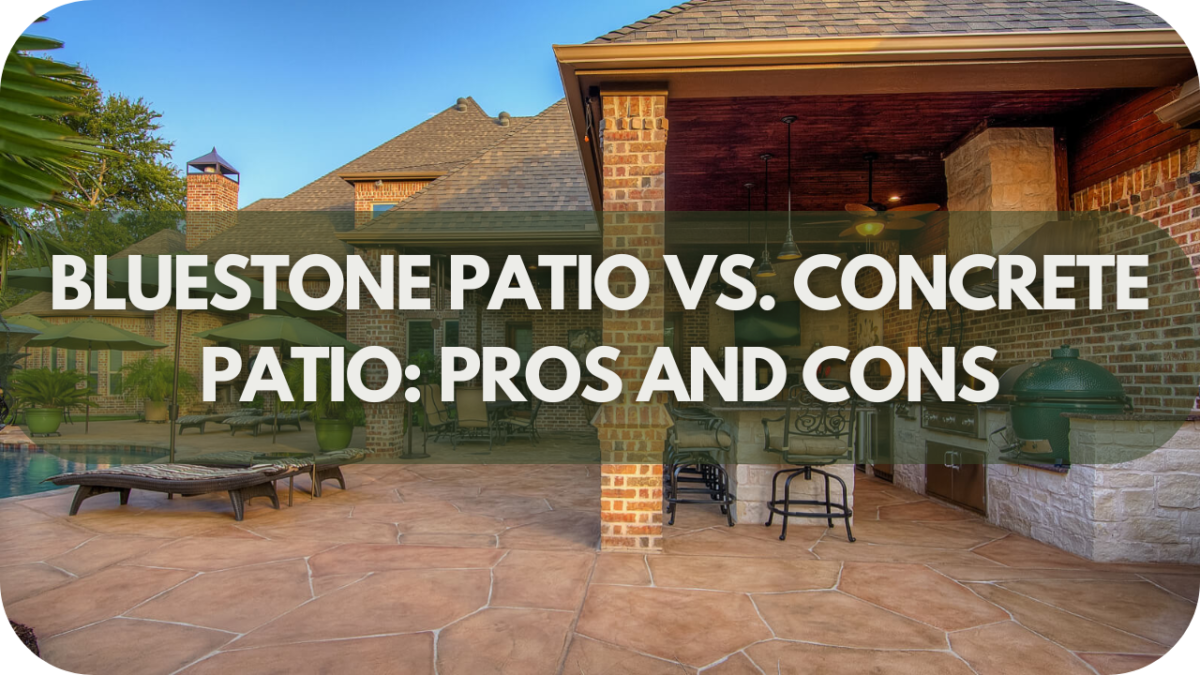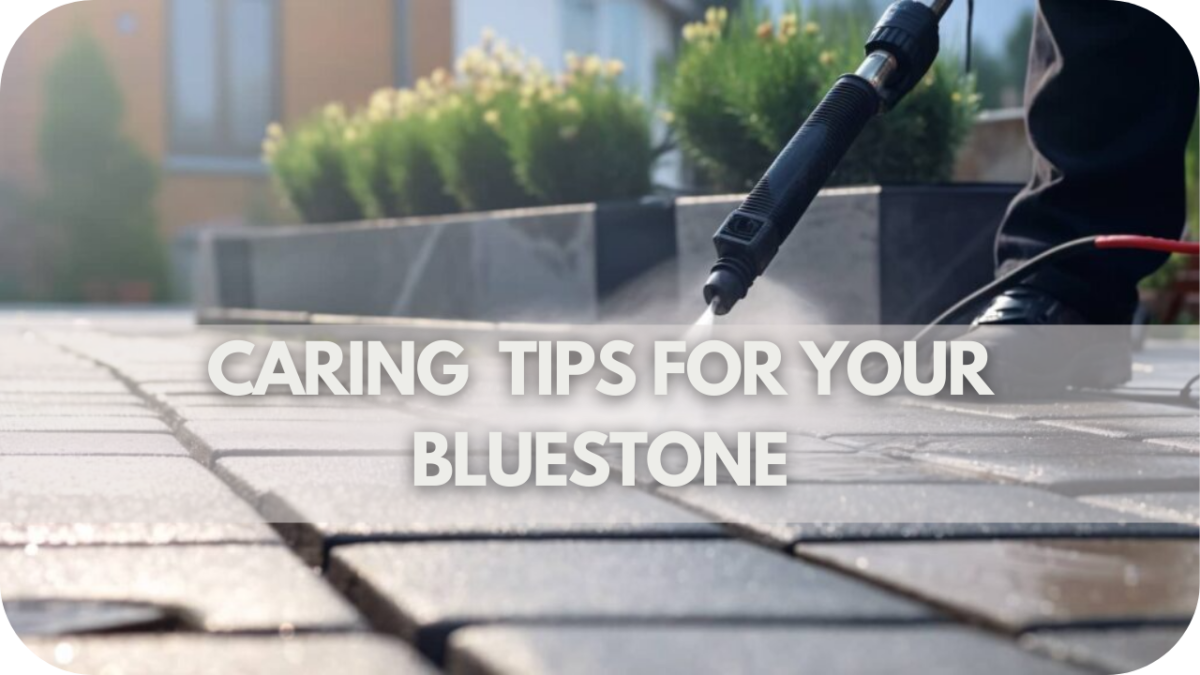Is Bluestone Ideal for Pool Surrounds?
When choosing the right material for your pool surrounds, Bluestone is a top contender due to its durability, aesthetic appeal, and practicality.
Bluestone is known for its ability to withstand harsh conditions while offering a sophisticated look. Whether you’re seeking a stylish finish or a long-lasting, low-maintenance solution, Bluestone delivers on both fronts.
This article will cover the key features of Bluestone, its benefits for pool areas, and why it might be the ideal material for your pool surrounds. We’ll also compare it with other options to help you make an informed choice.
Is Bluestone Ideal for Pool Surrounds?
Yes, bluestone is ideal for pool surrounds thanks to its textured surface that provides a secure grip, even when wet. It’s durable, weather-resistant, and remains cool underfoot, making it both practical and stylish for poolside areas.
What is Bluestone?
Bluestone is a durable, volcanic rock made from basalt, known for its strength and resilience. It is naturally dark, typically appearing in shades of blue, grey, or green, which adds a sophisticated touch to any pool area.
Bluestone offers a smooth yet textured surface, ideal for outdoor applications like pool surrounds. It’s resistant to cracking, chipping, and fading, making it a long-lasting choice for high-traffic areas. With its timeless appeal and durability, Bluestone remains a popular material for poolside landscaping.
Types of Bluestone

Bluestone comes in several finishes, each offering distinct characteristics to suit various poolside designs. Here are the types available:
- Honed Bluestone: This smooth, flat finish provides a sleek, modern look and is easy to maintain. It’s perfect for pool surrounds, offering beauty and safety.
- Flamed Bluestone: Flamed Bluestone has a textured, rough surface created by heat treatment. This finish provides excellent grip and adds a natural, rugged appearance, ideal for creating a bold statement around your pool.
- Sawn Bluestone: This type features a clean, straight-cut surface that provides a sleek and contemporary look. Sawn Bluestone is durable and easy to maintain, making it a popular choice for modern pool designs.
- Cobbles Bluestone: Cobbled Bluestone is a traditional, rustic option with a natural, textured finish. Its charm lies in its uneven surface and organic look, perfect for creating a vintage or rustic poolside setting.
- Natural Bluestone: Left in its raw form, this type of Bluestone has a rough, textured surface with natural patterns. It’s perfect for those looking for a rustic, organic aesthetic for their pool area.
Why Choose Bluestone for Pool Surrounds?

Bluestone is an excellent choice for pool surrounds, offering a combination of aesthetic appeal, durability, and practicality. Here’s why it stands out:
1. Aesthetic Appeal
Bluestone has a natural, sophisticated look that complements various pool designs. Whether your pool is modern, traditional, or rustic, Bluestone seamlessly fits with different styles. Its unique shades of blue, grey, and green add depth and elegance to the pool area, enhancing the overall outdoor ambiance.
2. Durability and Strength
Bluestone is renowned for its durability, withstanding wear and tear from heavy foot traffic, pool chemicals, and harsh weather. It’s resistant to cracking, chipping, and fading, making it a long-lasting investment for your pool surround that will look great for years to come.
3. Safety Features
Bluestone’s natural texture offers a safer poolside surface, reducing the risk of slipping. Whether it’s honed, flamed, or sawn, Bluestone provides excellent grip, even in wet conditions, ensuring safety around the pool area.
4. Temperature Control
Bluestone’s ability to stay cool underfoot makes it perfect for hot Australian summers. Unlike other materials that can heat up under direct sunlight, Bluestone remains comfortable, making it a practical and pleasant option for pool surrounds.
Bluestone vs Other Pool Surround Materials

When deciding on the best material for your pool surrounds, it’s important to compare Bluestone with other popular options. Here’s how Bluestone stands up against limestone, granite, porphyry, and travertine:
1. Bluestone vs Limestone
Limestone offers a soft, natural look, but it is more porous than Bluestone, which makes it susceptible to staining and damage from pool chemicals.
Bluestone, on the other hand, has a dense structure that resists water absorption and chemicals, ensuring it maintains its aesthetic and durability longer.
While limestone offers a more rustic feel, Bluestone provides superior long-term resilience and requires less maintenance over time.
2. Bluestone vs Granite
Granite is a premium material known for its strength and sleek, polished appearance. While both Bluestone and granite offer excellent durability, granite comes with a higher price tag.
Bluestone, while equally durable, is more cost-effective and offers a softer, more natural look, making it ideal for a range of poolside designs. Granite’s polished finish may not be suitable for every pool style, whereas Bluestone’s natural tones fit various aesthetics.
3. Bluestone vs Porphyry
Porphyry is an incredibly durable material, often used in high-traffic areas, similar to Bluestone. However, Bluestone is typically more affordable and offers a smoother texture, making it more suitable for pool surrounds where comfort and safety are key.
Porphyry can have a rougher surface, which may not provide the same level of comfort as Bluestone underfoot. Bluestone’s natural beauty also enhances poolside aesthetics more effectively than porphyry.
4. Bluestone vs Travertine
Travertine is well-known for its warm, earthy tones and is often used around pools for its natural charm. However, it’s more porous than Bluestone, requiring regular sealing to protect against water damage and stains.
Bluestone, with its dense structure, resists chemical exposure and wear better, requiring less maintenance. While travertine’s earthy look is appealing, Bluestone’s durability and resistance to pool chemicals make it the better long-term option.
Common Challenges with Bluestone

While Bluestone is a durable and long-lasting material, there are some challenges to consider when installing and maintaining it around a pool. Understanding these issues can help you address them effectively:
1. Risk of Staining
Bluestone is susceptible to staining from oils, pool chemicals, and organic matter such as leaves. Over time, exposure to these elements can cause discoloration. To prevent this, clean spills promptly and consider applying a protective sealer to safeguard the stone from stains and water absorption.
2. Weight and Handling
Bluestone is heavy, making it more difficult to transport and handle compared to lighter materials. This can lead to challenges during installation, particularly with larger pool areas. Professional installation is often recommended to ensure the Bluestone is properly handled and installed without damage.
3. Cost Considerations
Bluestone is a premium material that offers excellent durability, but it can be more expensive compared to alternatives like concrete or certain types of paving. While the upfront cost may be higher, Bluestone’s long-lasting nature makes it a worthwhile investment over time.
4. Surface Maintenance
Though Bluestone is highly durable, its surface can become rough or textured over time, especially in high-traffic areas. Regular cleaning and resealing are necessary to preserve its appearance and prevent the buildup of grime in textured areas.
Is Bluestone Right for Your Pool? Final Verdict

Choosing Bluestone for your pool surrounds depends on several factors, including your pool’s design, size, budget, and long-term maintenance preferences.
Bluestone suits a variety of pool styles, from modern to rustic, and works well with both small and large pool areas. Its versatility makes it an ideal material to enhance the overall aesthetic and functionality of your outdoor space.
While Bluestone is a premium material and may come with a higher initial cost compared to alternatives like concrete, its durability and low-maintenance nature make it a worthwhile investment over time. It resists wear, fading, and chemical damage, ensuring longevity.
Additionally, Bluestone performs excellently in most climates, especially hot conditions, due to its ability to stay cool underfoot. By considering factors such as design, budget, and climate, you can determine whether Bluestone is the right choice for creating a stylish, durable, and functional poolside environment.
Conclusion
Bluestone offers a perfect balance of beauty, durability, and low maintenance for pool surrounds. Its natural elegance, resistance to pool chemicals, and ability to stay cool underfoot make it an ideal choice for any pool design.
While it may have a higher initial cost, Bluestone’s long-lasting nature and minimal upkeep make it a smart investment. For expert advice and premium Bluestone solutions, contact Splendour in Stone to enhance your pool area with this versatile material.

